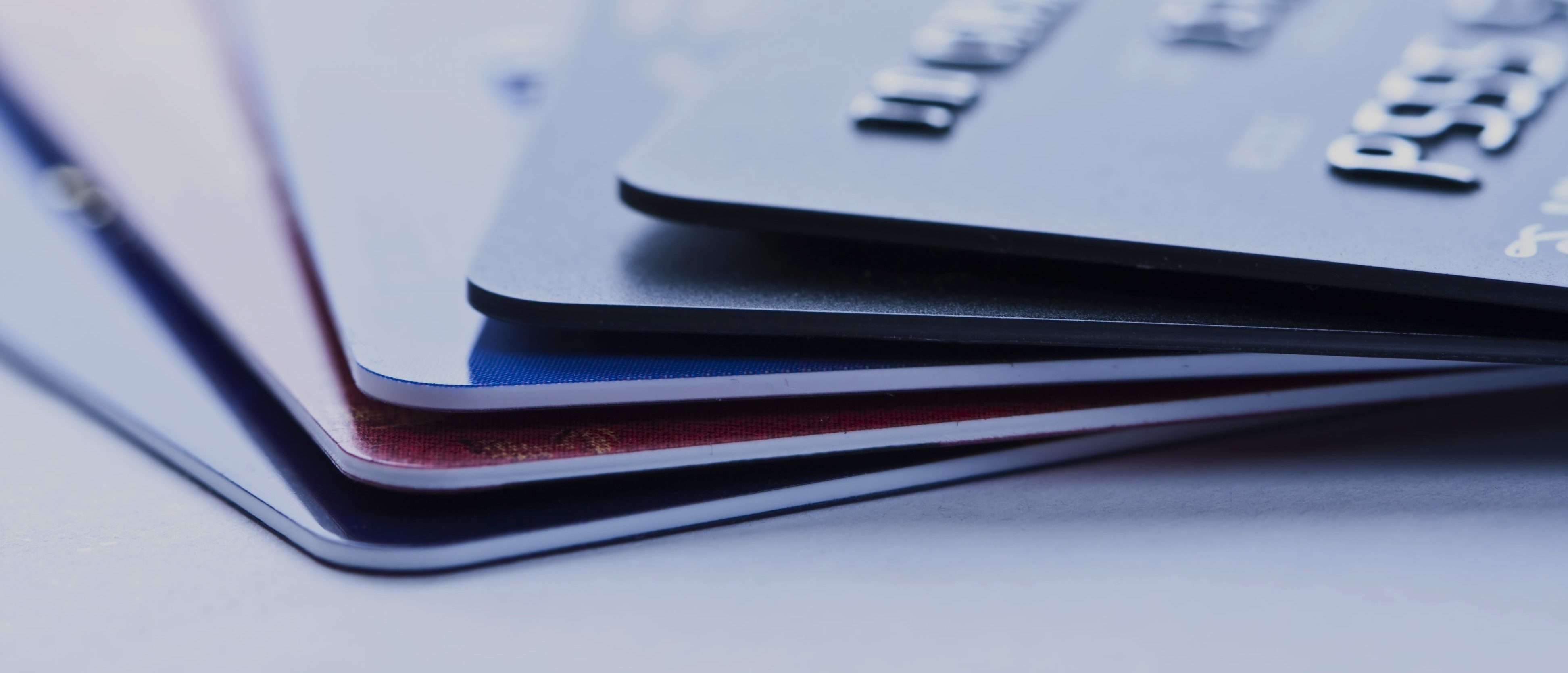

Finance
Accounting Cushion Definition
Published: September 27, 2023
Looking for the meaning of accounting cushion? Learn how finance experts define this term and its significance in financial management.
(Many of the links in this article redirect to a specific reviewed product. Your purchase of these products through affiliate links helps to generate commission for LiveWell, at no extra cost. Learn more)
Understanding the Accounting Cushion Definition: A Guide to Financial Stability
Welcome to our FINANCE category, where we dive deep into various aspects of the financial world. In this blog post, we are going to unravel the concept of the accounting cushion and its significance for businesses and individuals alike. If you are curious about maintaining financial stability and want to optimize your financial planning, then this blog post is a must-read.
Key Takeaways:
- The accounting cushion is a financial buffer that provides a safety net against unexpected expenses or financial downturns.
- It is essential for businesses and individuals to establish an accounting cushion to ensure financial stability and cope with uncertainties.
What is an Accounting Cushion?
An accounting cushion, in simple terms, refers to a reserve of funds or assets set aside by businesses or individuals to cover unforeseen expenses or to serve as a protective layer during financial challenges. It acts as a buffer between planned expenses and unexpected financial disruptions, ensuring a smoother financial journey.
The primary purpose of an accounting cushion is to provide a sense of security and stability when facing uncertain economic conditions. It enables businesses and individuals to withstand financial shocks, such as unexpected bills, economic recessions, or job losses, without falling into financial distress.
Accounting cushions are often established by maintaining a reserve of cash, investments, or by allocating a portion of income specifically for this purpose. They serve as a financial safety net, allowing for greater peace of mind and the ability to adapt to changing circumstances.
Why is Having an Accounting Cushion Important?
An accounting cushion plays a crucial role in financial planning and stability. Here are a few reasons why having an accounting cushion is essential:
- Emergency Preparedness: Uncertain events or emergencies, such as medical expenses, car repairs, or natural disasters, can cause sudden financial strain. Having an accounting cushion ensures you are prepared to handle these unexpected expenses without disrupting your financial goals.
- Business Resilience: For businesses, an accounting cushion provides a buffer during economic downturns or market fluctuations. It allows you to navigate through challenging times, cover operational expenses, and continue serving your customers, even when faced with financial uncertainties.
- Peace of Mind: Knowing that you have a financial safety net provides peace of mind. It reduces stress and allows you to focus on building wealth and achieving your long-term financial objectives.
How to Establish an Accounting Cushion?
Ready to build your own accounting cushion? Here’s a step-by-step guide to help you establish financial stability:
- Assess Your Expenses: Start by understanding your regular expenses and determine how much you need to maintain your lifestyle or cover essential costs.
- Set a Goal: Decide on the amount you want to put in your accounting cushion. Ideally, aim for 3-6 months’ worth of living expenses for individuals or a percentage of your annual revenue for businesses.
- Create a Dedicated Account: Open a separate bank account or investment account specifically for your accounting cushion. This will ensure the funds are distinct and easily accessible when needed.
- Consistently Contribute: Allocate a portion of your income or revenue towards your accounting cushion regularly. Treat it as a non-negotiable expense and prioritize saving for it.
- Revise and Maintain: Periodically review and adjust your accounting cushion goal as your expenses or financial circumstances change. Ensure the cushion remains relevant to your current situation.
Remember, building an accounting cushion takes time and consistency. Don’t get discouraged if you can’t meet your goal immediately. Every little bit contributes toward greater financial stability.
In Conclusion
An accounting cushion acts as a protective layer against financial uncertainties and unexpected events. By establishing and maintaining an accounting cushion, businesses and individuals can prepare for emergencies, navigate through challenging times, and build a stronger foundation of financial stability. Prioritize building your own accounting cushion and enjoy the peace of mind it brings.














